
In the years before World War One – the time after Haskett Smith and the Abraham Brothers, before those early Everest climbs – England's leading mountaineer was a bloke called Geoffrey Winthrop Young.
Young came from minor aristocracy and a mountaineering family – although after the death of his uncle on Mont Blanc, his father the Baronet never allowed climbing to be mentioned in his house. At Trinity, Cambridge Winthrop Young received a prize for his poetry, while also writing the climbers' guide to the college's rooftops.
As a climber in the 1950s, if you'd opened a book that wasn't a climbing guide, then it was probably Winthrop Young's Mountain Craft. Published in 1922, revised in 1945, and given to my Dad by my Granny for his 38th birthday in 1950. Today, this book is a historical curiosity, with its notes on how to space the Tricouni nails around your bootsoles and whether it is permissible to greet a strange Englishman on the summit of the Weisshorn without having been previously introduced.
It was time to stop. The decisive moment is described in a way that is quiet, apparently emotionless
Twenty five years earlier, Granny's present to my Grandpa at Christmas was Winthrop Young's On High Hills. It's a mighty tome, with twenty-four (count them! Twenty four!) black and white photo plates, mostly devoted to classic Alpine ridge routes. Young's first ascents included the Younggrat on the Zermatt Breithorn, the Mer de Glace face of the Grépon, and the Brouillard Ridge of Mont Blanc, all in partnership with his guide Josef Knubel.
But the more convenient classic is the slim follow-up volume from 1951, presented to my Dad for Christmas that year (yes, GWR was Granny's go-to when it came to gifts for the mountaineers in one's life).
Mountains with a Difference is a roundup of the entire life of this mountain man. His early days in Wales, when he could put his hand on the north face of Glyder Fach knowing that nobody in the whole history of human beings had ever seen or been on this particular bit of rock. The climbing parties at Gorphwysfa (Pen-y-Pass), where he oversaw the first footholds of Siegfried Herford (Central Buttress of Scafell) and Mallory (Everest summit, maybe). There's a full chapter of 'a bit of foot-slogging in Asia Minor', an ascent of Mount Ida complete with Classical allusions. There's some of his poetry. Climbing has given only a thin crop of imaginative fiction, and even less when it comes to poetry, and perhaps these particular creative urges, once worked out with fingers on rock, no longer need pen on bits of paper. Within this minor genre, Winthrop Young's stuff is about as good as it gets.
But beyond all that, there's the difference in Mountains with a Difference. That difference being, only having one leg.
Too old to serve in World War One, GWY set up and served in the Friends Ambulance Unit manned by conscientious objectors, but calculated as being at least as dangerous and arduous as trench warfare. He found himself in the Isonzo campaign, where the Italians and Austrians died in their millions in trenches carved into the limestone either side of what is now the Soča river in the Julian Alps of Slovenia. He even managed a climb Monte Sabotino (609m) under occasional machine-gun fire. But after 40 nights of ambulance runs down the mountain track to the riverside, he was caught in the shellfire. He was badly injured, and lost his left leg above the knee.
Chapter VII sees him returning to the Lakeland hills on a prosthetic leg designed by himself for mountain use. His first serious outing was an ascent of Great Gable on Whit Sunday, 8th June 1924. The cloud was down, it was raining, and on the crossing of Brandreth the wind almost brought him to a stop. But he could not stop. Above him and all around him in the mist was the quiet clinking of bootnails on rock; they were approaching up all the sides of Gable for the unveiling of the war memorial plaque on its summit rock. The rain stopped, a ray of sun came through between the clouds, and Winthrop Young delivered his tribute to the 20 members of the Fell and Rock – many of them friends and rope-partners, one of them his brother-in-law – who had died in the war.
"Upon this rock are set the names of men—our brothers, and our comrades upon these cliffs—who held, with us, that there is no freedom of the soil where the spirit of man is in bondage; and who surrendered their part in the fellowship of hill and wind and sunshine, that the freedom of this land, the freedom of our spirit, should endure." The bronze plaque, re-cast and replaced in 2013, isn't itself the memorial. The actual war memorial – Britain's, and perhaps the world's, largest – consists of Great Gable itself, the Scafells, and surrounding hills, purchased for the nation and donated to the National Trust.
And then he takes his artificial leg to the Alps. His post-war climbs include Monte Rosa, the Wellenkuppe, the Grépon, and most of the Weisshorn by its east ridge, now graded AD+. On the cover of the First Edition, you can make out his awkward stance, the figure on the right. This route is probably harder than the Hörnli Ridge on the Matterhorn, which he also climbed.
But in 1935, after an ascent of the Zinal Rothorn over loose moraine, lumpy awkward snow, and in unconscionably slow time, the realisation came. He was no longer appreciating the high mountains as they deserve, and it was time to stop. The decisive moment is described in a way that is quiet, apparently emotionless. But GWY was, of course, a Brit from the early 20th Century. We merely note that it took a further 15 years, and another world war, before he was able to record this moment in writing.
Only a hill: but all of life to me,
up there, between the sunset and the sea.
- Mountain Literature Classics: Of Walking in Ice by Werner Herzog 15 Feb
- Mountain Literature Classics: South Col by Wilfrid Noyce 9 Jan
- My Favourite Map: Geology Plus Glaciers 11 Dec, 2023
- Mountain Literature Classics: Free Solo with Alex Honnold 29 Nov, 2023
- Mountain Literature Classics: That Untravelled World by Eric Shipton 3 Aug, 2023
- Mountain Literature Classics: Sir Gawain and the Green Knight 4 May, 2023
- Mountain Literature Classics: Menlove 9 Mar, 2023
- Mini Guide: The Cheviots 27 Feb, 2023
- Mountain Literature Classics: Basho - Narrow Road to the Deep North 12 Jan, 2023
- Mountain Literature Classics: Conquistadors of the Useless by Lionel Terray 17 Nov, 2022

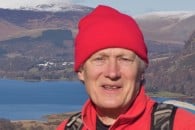

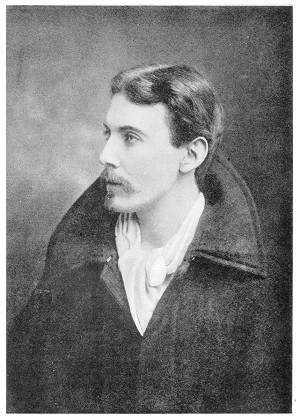
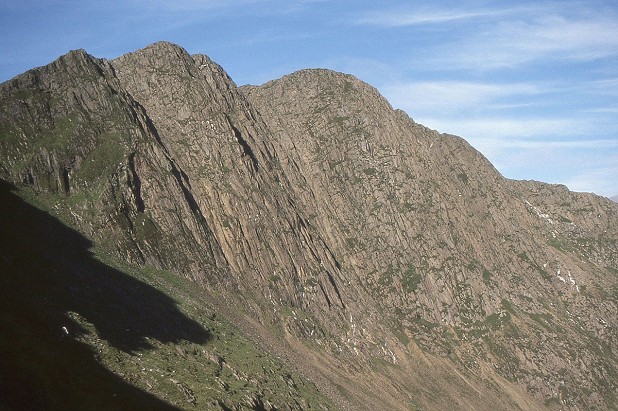
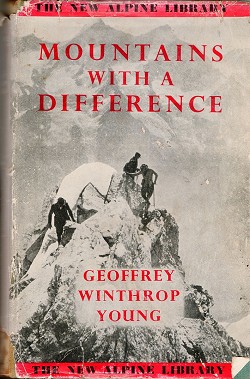
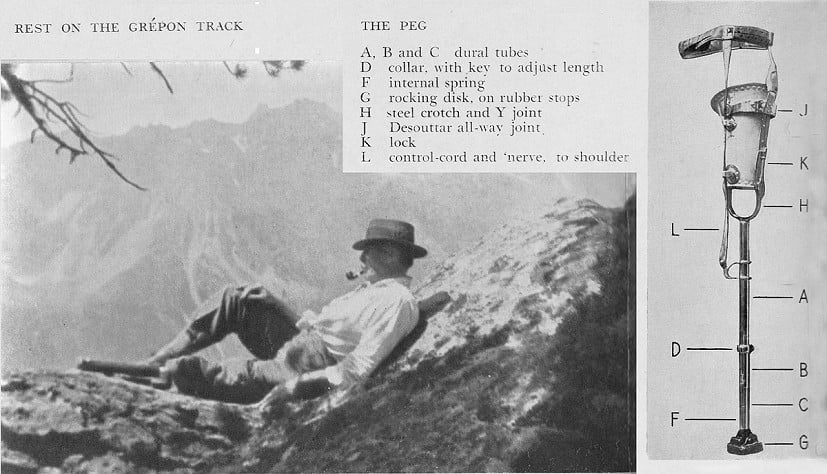



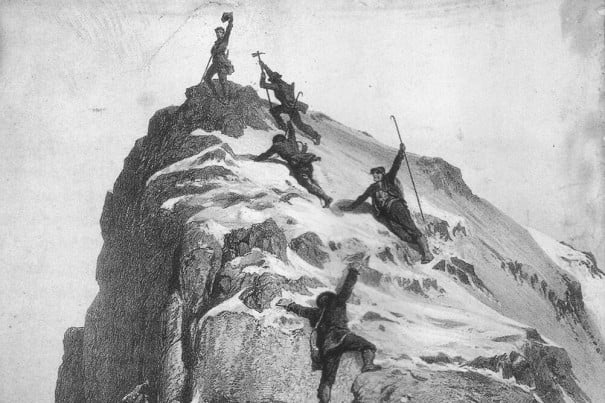

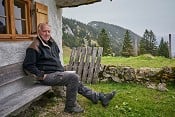
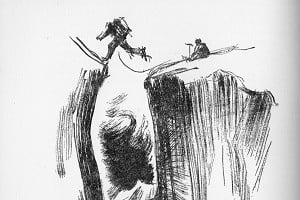



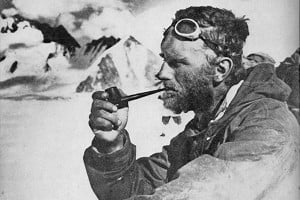

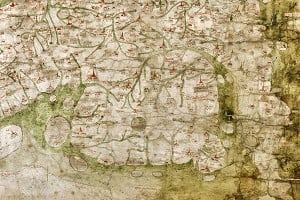
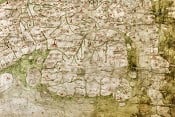

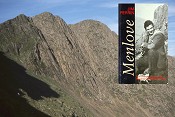
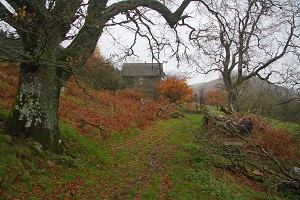
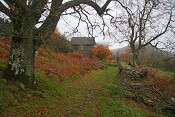
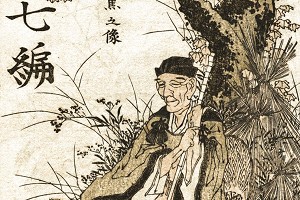

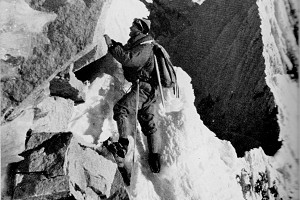
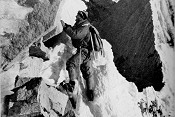
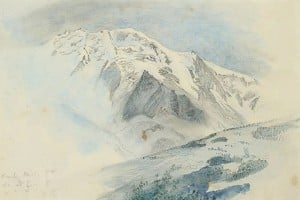
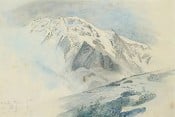
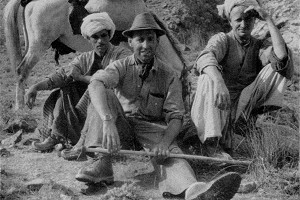
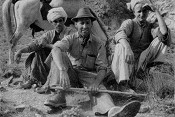
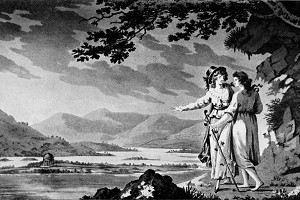
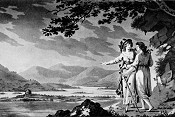
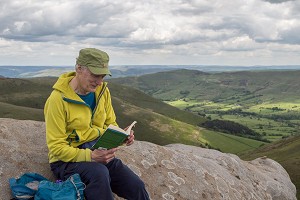
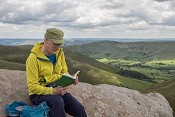
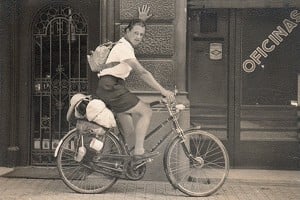
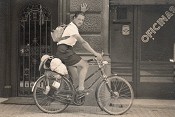
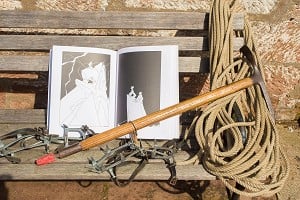

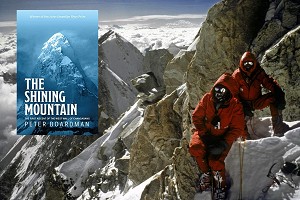



Comments